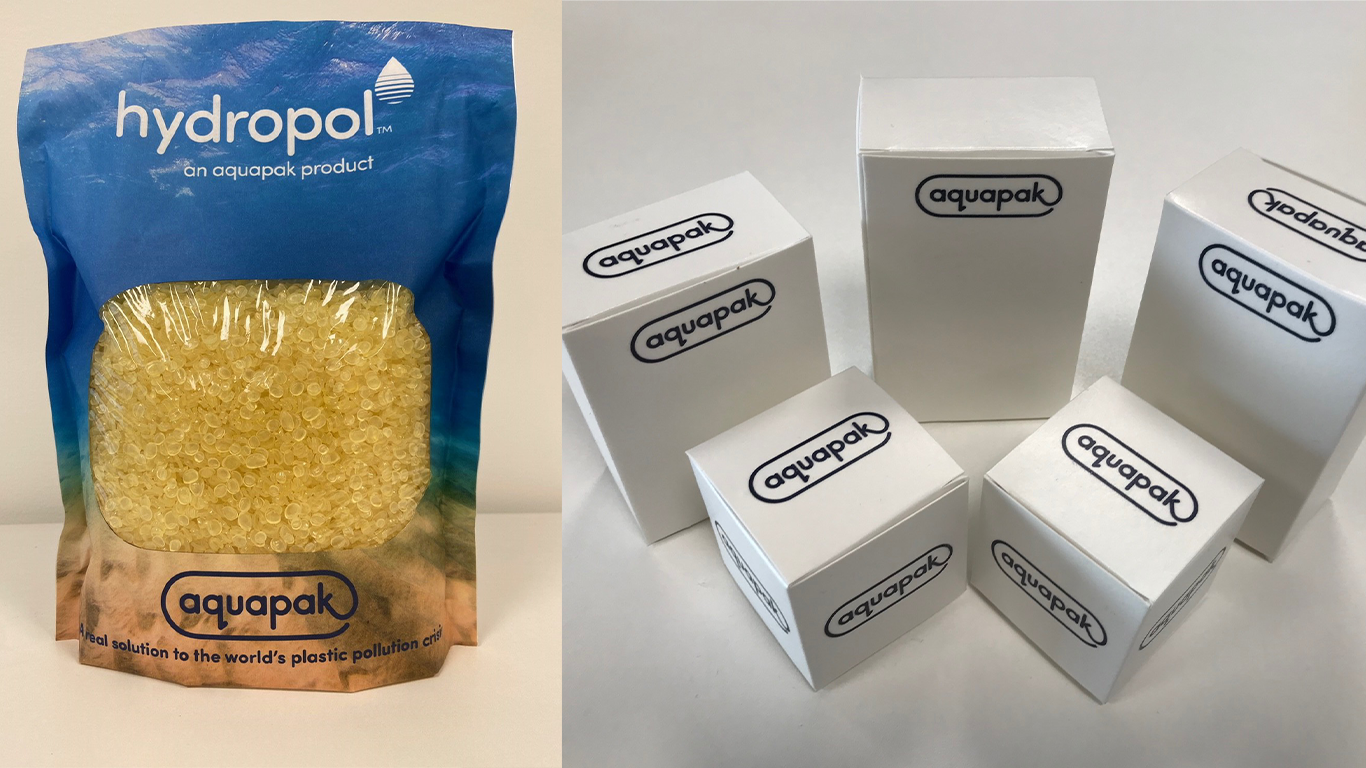
A new study commissioned by DS Smith and Aquapak shows that innovative, bio-digestible barrier coatings increase paper recycling rates and fibre yield, without compromising functionality, providing a viable new packaging alternative to plastic.
Working in partnership to find solutions
DS Smith has been working with Aquapak to find a solution together to the issue of non-recyclable paper packaging, the use of which has increased as the industry has moved to replace conventional, hard to recycle and single use plastics. This has resulted in a wide variety of fibre-based packaging formats combined with alternative functional barriers being introduced into the recovered paper recycling streams. However, the materials currently being used to give paper the packaging functionality required for products such as food, drink, and household goods, are not easily recyclable and mean that the paperboard is rejected because paper mills cannot process the paper and plastic combinations. Instead, they are incinerated or go to landfill.
To provide a solution to this problem, Aquapak has developed Hydropol, a commercially available fully soluble, bio-digestible barrier polymer, which can be adhesive- or extrusion coated onto paper and brings a number of benefits to fibre-based packaging, including oil and grease resistance. It is non-toxic, marine safe, dissolves in water and subsequently biodegrades but still provides the much-needed functionality required for food, drink, and household product packaging.
A reduction in single-use plastics
The results obtained in the study provide packaging designers with a clear route as to how to meet the Paperbased Packaging Recyclability Guideline set out by the European association representing the paper industry (Cepi).






